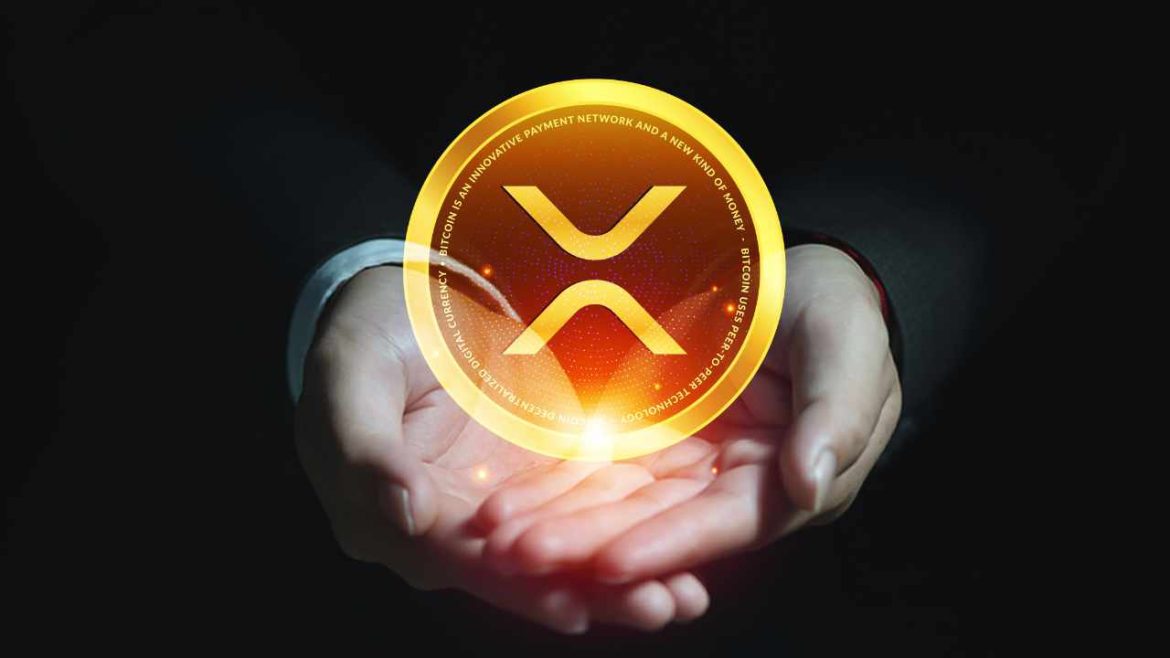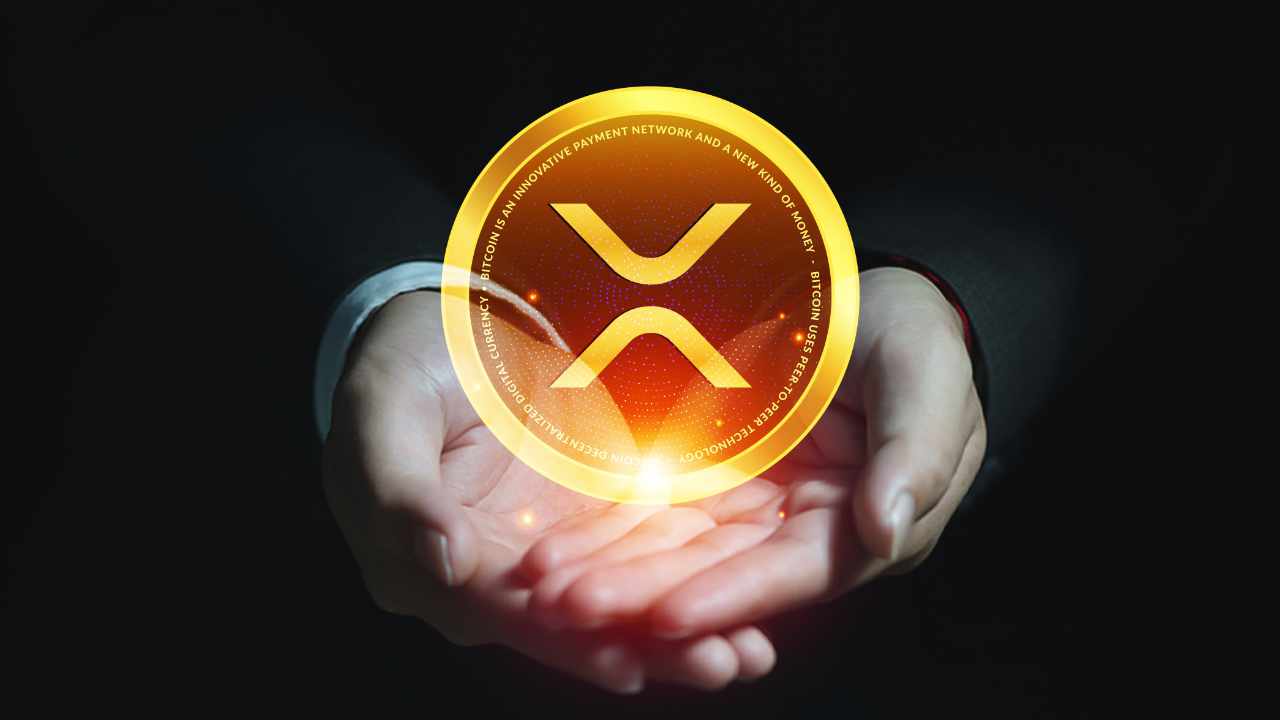The blockchain landscape is at a pivotal moment where interoperability has transitioned from a technical aspiration to a critical necessity, particularly for institutional finance and decentralized finance (DeFi) applications. Ripple, a key player in cross-border payments, has made a significant move by integrating Wormhole, a leading cross-chain messaging protocol, with the XRP Ledger (XRPL) and its EVM-compatible sidechain. This integration promises to enhance XRP’s utility and relevance across the broader blockchain ecosystem.
The early days of blockchain technology were characterized by isolated networks. Bitcoin, Ethereum, and other blockchains operated in silos, unable to natively transfer value, data, or messages between them. This fragmentation led to issues such as liquidity fragmentation, complex composability, and siloed ecosystems. As DeFi and real-world asset (RWA) tokenization gained momentum, the demand for seamless cross-chain interactions became increasingly urgent. Wormhole emerged as a solution, creating a robust bridge protocol that facilitates the flow of assets and messages between dozens of blockchains. This has made Wormhole a critical piece of infrastructure for projects aiming to achieve a multichain presence and cross-chain functionality.
Ripple’s integration of Wormhole with XRPL is not just a technical upgrade but a strategic leap forward. This partnership brings several exciting developments to the table:
1. Expanded Network Reach
The integration connects the XRP Ledger to over 35 leading blockchains, including Ethereum, Solana, and Avalanche. Previously, XRP was largely confined to its own ecosystem. With Wormhole, XRP and XRPL-issued assets can seamlessly move across these networks, while assets from other chains can enter the XRPL ecosystem. This enhances liquidity and expands user choices significantly.
2. EVM Sidechain Capabilities
Ripple’s EVM-compatible sidechain allows Ethereum-native applications to run on XRPL infrastructure. By integrating Wormhole into this sidechain, developers can create decentralized applications (dApps) that are interoperable with Ethereum and other networks supported by Wormhole. This eliminates the need for developers to overhaul their codebases or learn new tools, making it easier for them to leverage XRPL’s liquidity and low-latency transactions.
3. Cross-Chain Messaging and Data Transfer
Wormhole’s value extends beyond token transfers; it enables messaging that can trigger smart contract actions and business logic across different networks. Developers can now coordinate auctions, escrows, swaps, and permissioned decentralized exchange (DEX) actions spanning Ethereum, Solana, and XRPL—all within the XRPL environment.
4. Institutional and DeFi Growth
For institutions, predictable and compliant infrastructure is essential. Ripple’s focus on institutional onboarding and regulatory clarity makes it possible to tokenize and transfer assets, including fiat-backed stablecoins like USDC, across any supported network. DeFi projects can now pull in liquidity from users on multiple blockchains, enhancing participation in lending, exchanges, and yield strategies that were previously limited to single-chain silos.
The integration of Wormhole with XRPL has immediate real-world applications:
1. Universal Tokenization and Settlement
Real estate developers can tokenize assets on XRPL and make them instantly available for trading or settlement on other major chains. Investors on Avalanche or Solana can purchase these assets without needing specialized custodians or third-party bridges.
2. Cross-Chain Stablecoin Movement
Stablecoins, which are crucial for enterprise and retail adoption, can now move seamlessly between chains. As USDC becomes available on XRPL and integrates with Wormhole’s network, it is not just XRP that is bridging worlds, but a suite of programmable money.
3. Permissioned DEXs and Multi-Chain Auctions
Institutions value control and security. Wormhole integration allows for the creation of bespoke, permissioned DEXs with strict compliance—while enabling assets to move between blockchains as permitted. Multi-chain auctions, which previously required complex solutions, are now straightforward.
4. Enhanced Developer Tools and Experience
Developers building on XRPL can use familiar languages, including Solidity for EVM-compatible dApps, and now enhance their creations with cross-chain features and liquidity. This raises the bar for enterprise-grade DeFi, gaming, or payments projects.
The leap to serious cross-chain interoperability is crucial for unlocking blockchain’s potential for genuine composability and choice for users and institutions. No single blockchain will dominate every use case; synergy is essential for blockchain to fulfill its potential as a new operating layer for global finance and commerce. Ripple, with its focus on institutional adoption, is betting that the lines between chains will blur in the coming years. XRPL’s strengths—finality, low fees, compliance, and speed—are now paired with the fluidity of Wormhole’s cross-chain rails. This means that assets, not just native XRP, can have a life beyond XRPL, attracting liquidity, partners, and use cases at a new scale.
While the promise is significant, several challenges remain:
– Security: Bridges have historically been vulnerable to exploits. Wormhole’s infrastructure has survived attacks but remains a target.
– Regulatory Uncertainty: As assets move across jurisdictions, legal clarity for institutions will lag behind technical possibility. Ripple’s focus here is strategic but not yet resolved.
– User Experience: True cross-chain adoption hinges on simple, reliable interfaces. Most bridges today remain clunky, even for technical users.
– Network Effects: Will developers and liquidity spread to XRPL, or will entrenched ecosystems maintain their dominance? Only time and incentives will tell.
The market has already reacted positively to the integration. The Wormhole token spiked over 12% amid the news, with daily volume leaping 570%—a clear indication that markets see this as a first-mover advantage. For Ripple and XRPL, the gate is now open for liquidity inflow, broader asset listings, and a surge in developer activity.
Ripple’s integration with Wormhole fundamentally transforms XRPL from a trusted value highway into a multichain superhighway, reaching blockchains across DeFi, gaming, institutional finance, and beyond. By prioritizing composability, liquidity, and institutional readiness, Ripple is not just playing catch-up—it is staking a claim as a true nerve center for the interconnected, enterprise-scale blockchain world to come. The playbook is now rewritten: if you’re building for the next era of digital assets, you’ll want to be where the chains connect. XRPL has just become one of those places.





